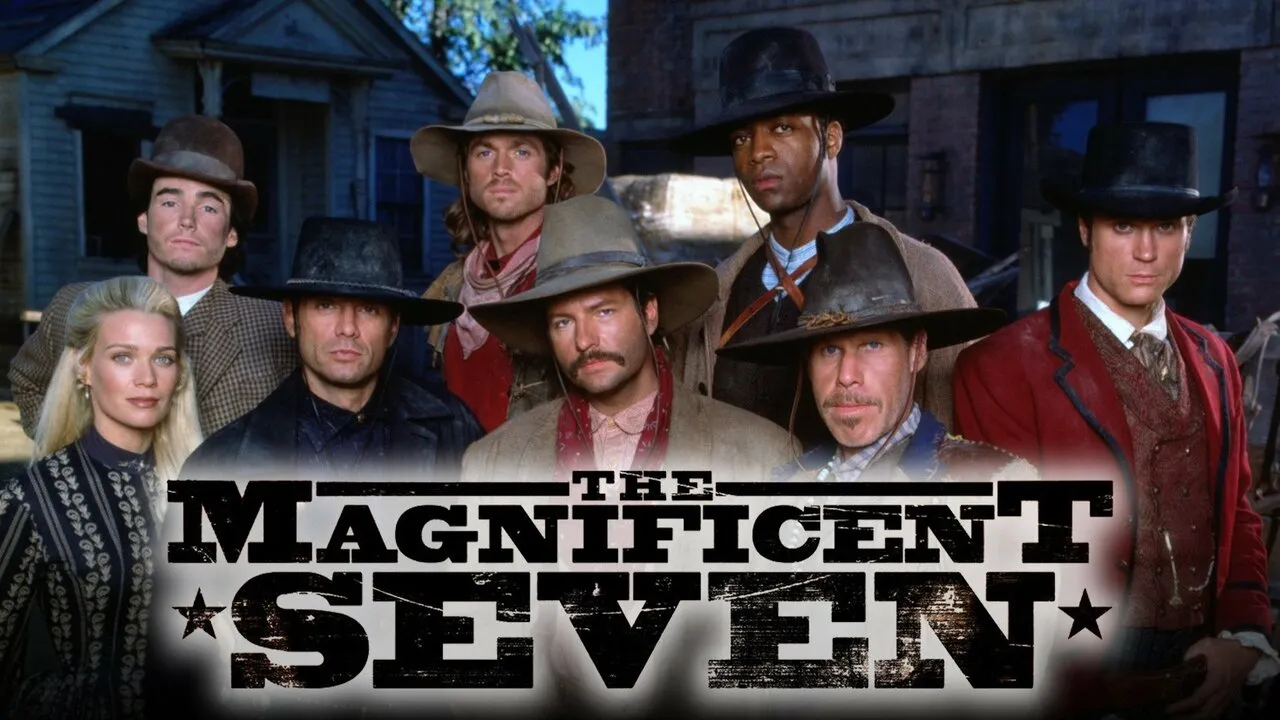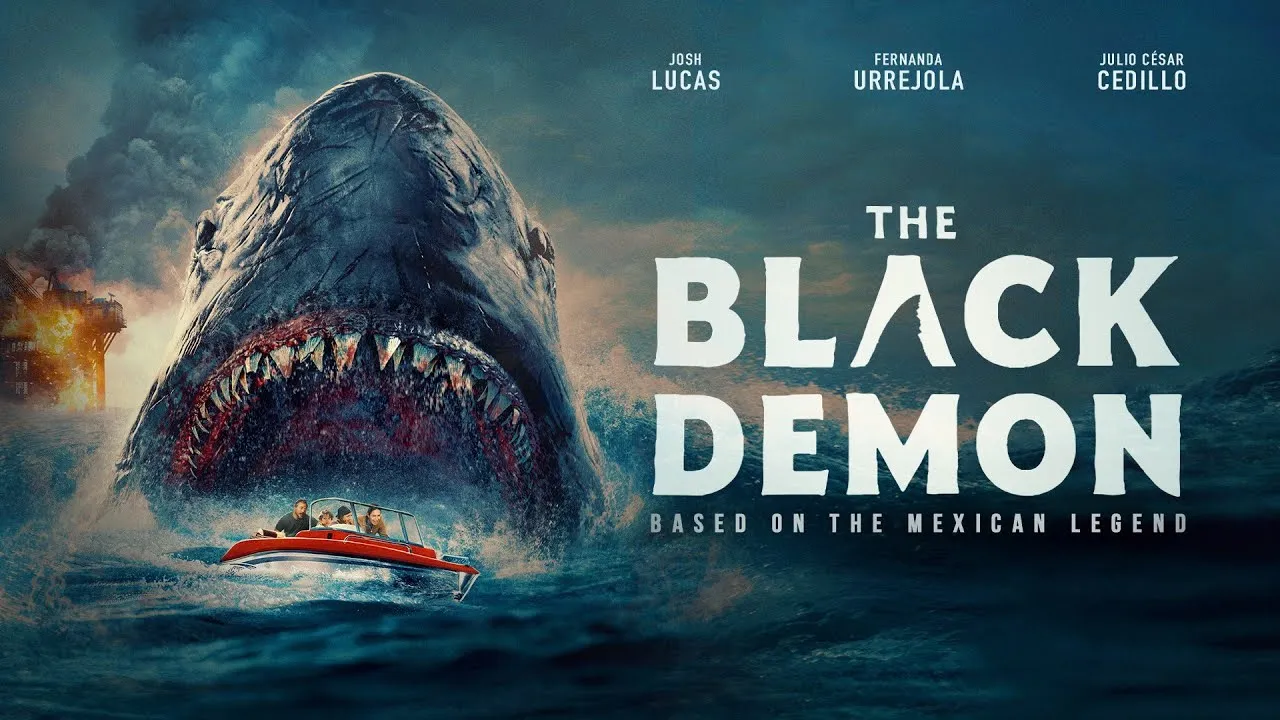“Fatal Attraction proves that love and obsession share a razor-thin line—and crossing it can destroy everything.”
Fatal Attraction (1987) scorched the silver screen as a psychological thriller that redefined the dangers of casual affairs. Directed by Adrian Lyne, the film became an instant cultural phenomenon, tapping into deep anxieties about infidelity, obsession, and the terrifying consequences of a moment’s indiscretion.
The story centers on Dan Gallagher (Michael Douglas), a successful Manhattan lawyer whose seemingly perfect life unravels after a weekend fling with the magnetic yet troubled Alex Forrest (Glenn Close). What begins as a brief affair spirals into a living nightmare as Alex refuses to be cast aside, her initial vulnerability twisting into violent obsession.

Glenn Close delivers a mesmerizing performance, crafting Alex not as a simple villain but as a woman driven to desperation by rejection and mental instability. Her portrayal—alternating between seductive charm and terrifying volatility—earned her an Academy Award nomination and cemented Alex as one of cinema’s most unforgettable antagonists.
Michael Douglas plays Dan with just enough guilt and fear to make him both relatable and deeply flawed. His domestic life with his wife Beth (Anne Archer) is portrayed with warmth, heightening the tension as Alex’s intrusion grows more unhinged and dangerous. Anne Archer also shines, bringing quiet strength and heartbreak to Beth, especially in the film’s explosive final act.
:max_bytes(150000):strip_icc()/Fatal-Attraction-030123-0bf6aa15e5ed4d889e9a29b020aa3593.jpg)
Director Adrian Lyne infuses Fatal Attraction with sleek cinematography, pulsating suspense, and a sense of escalating dread. Iconic scenes—such as the boiling of the family’s pet rabbit—have entered pop culture lore, symbolizing the price of betrayal and the thin line between passion and peril.
Beyond its thriller trappings, Fatal Attraction remains a provocative examination of gender, power, and consequences. It forces audiences to confront uncomfortable truths about temptation, accountability, and how one choice can alter lives forever. Decades later, its impact endures, a chilling reminder that some obsessions refuse to die.
-1752633380-q80.webp)


